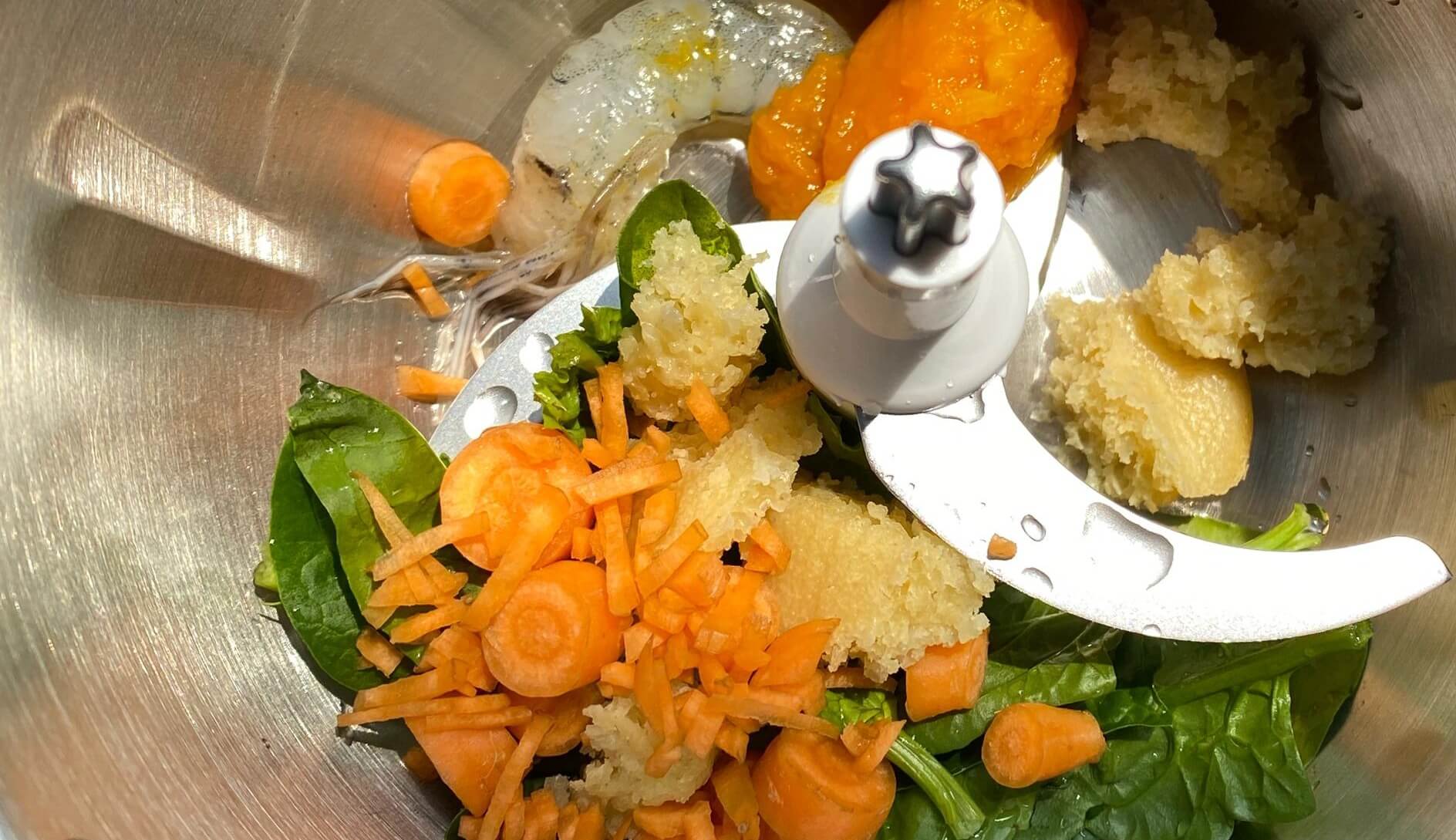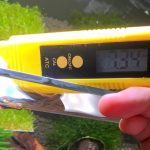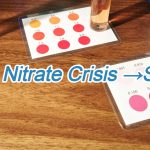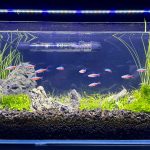If you’re like many aquarium enthusiasts, you’ve probably bought commercial fish food for your underwater friends.
But have you ever checked the ingredient list? You might be shocked to find wheat flour and potato starch as the top ingredients. Do fish really love carbs like wheat and potatoes?
The truth is, high-carb foods aren’t ideal for most fish and don’t match their natural diets. That’s why I started making homemade fish food recipes tailored to my fish’s needs.
Let me walk you through the process—it’s easier than you think!
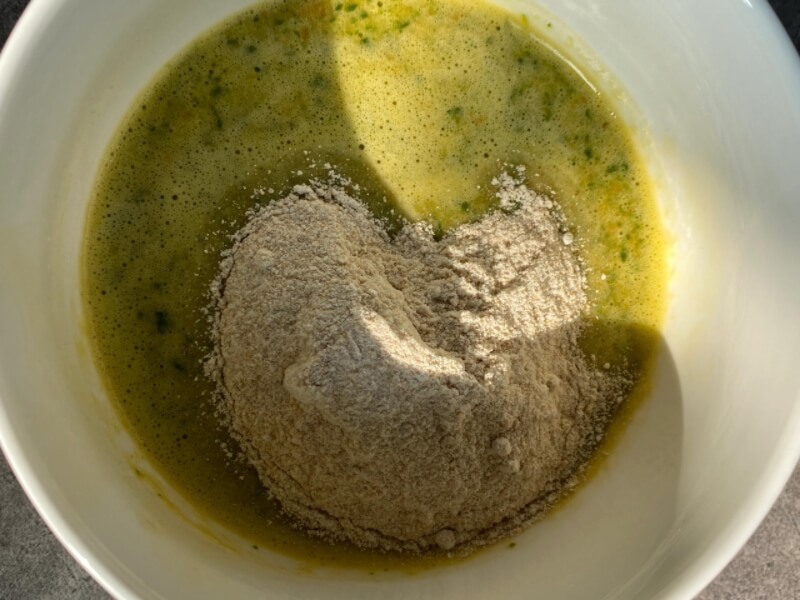
Tools for DIY Fish Food
“A craftsman must sharpen their tools to do their job well.” Here’s what you’ll need:
- Kitchen scale: Accurately measure veggies and meats (use grams and ounces for clarity).
- Blender: Skip weak smoothie blenders—opt for a heavy-duty one to handle tough ingredients like carrots.
- Ice cube trays: Perfect for freezing portion-sized fish food cubes.
- Plastic wrap: Keep your DIY fish food fresh in the freezer.
Protein Ingredients for Carnivore-Friendly Fish Food
Fish thrive on protein! Here are my go-to choices:
- Beef heart: Lean (8-10% fat), packed with B12 and folate. Chop finely for smaller fish or leave chunky for larger species.
- Fish fillets: Affordable options like tilapia provide essential nutrients for carnivores (e.g., cichlids or stingrays).
- Shellfish: Shrimp, mussels, or krill add variety. Tip: Grind shrimp shells for extra fiber!
- Worms: Bloodworms or earthworms (found at bait shops) are protein-rich treats.
Veggie Mix-Ins for Herbivores & Omnivores
Plant-based ingredients balance any homemade fish food recipe:
- Peas: Cheap, protein-rich, and loved by goldfish or bottom feeders. Pro tip: Frozen peas work great!
- Leafy greens: Blanched spinach or kale boost vitamins.
- Spirulina powder: A superfood algae that enhances fish color and health.
Essential Additives for Better Fish Food
- Garlic extract: Stimulates appetite (use liquid form for even mixing).
- Carotenoids: Boost red/orange hues in fish (found in supplements or natural sources like paprika).
- Corn/potato starch: Helps bind ingredients—use sparingly to avoid excess carbs.
3 Easy Fish Food Recipes
Customize based on your fish’s diet!
1. Herbivore Blend
- 14 oz (400g) frozen peas
- 10.5 oz (300g) mixed veggies (carrots, zucchini, broccoli)
- 10.5 oz (300g) spinach
- 4 seaweed sheets
- 1 tbsp spirulina powder
- 1 tbsp garlic extract
- 1 tbsp cornstarch
Method: Blanch veggies, blend into a paste, mix with additives, and freeze.
2. Carnivore Mix
- 7 oz (200g) tilapia
- 7 oz (200g) beef heart
- 14 oz (400g) shellfish (shrimp + squid)
- 1 tbsp bloodworms
- 1 tbsp garlic extract
- 1 tbsp cornstarch
Method: Blend meats, mix with additives, and freeze.
3. Omnivore Formula
- 7 oz (200g) tilapia
- 7 oz (200g) shrimp
- 7 oz (200g) spinach
- 10.5 oz (300g) peas
- 1 tbsp spirulina
- 1 tbsp garlic extract
- 1 tbsp cornstarch
Method: Blend all ingredients and freeze.
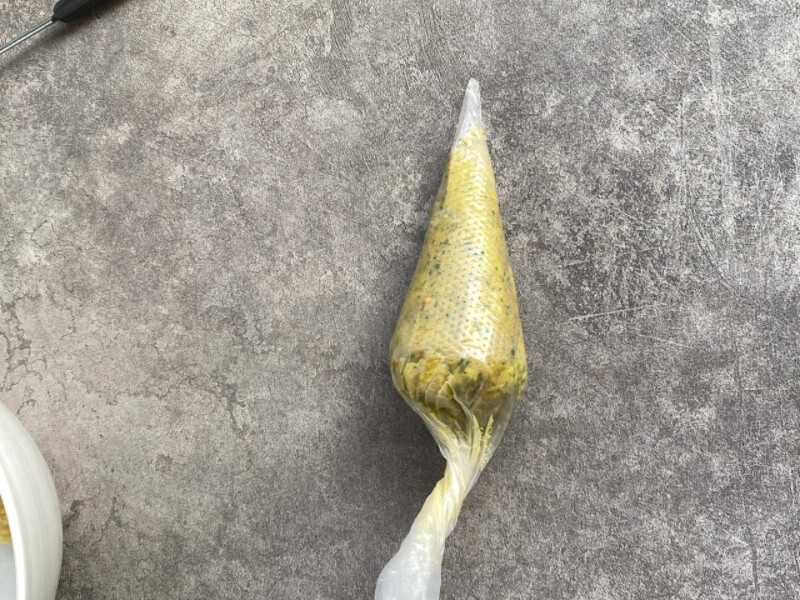
Storage & Feeding Tips
- Freeze portions in ice cube trays for up to 12 months.
- Transition fish slowly to new food by mixing it with their old diet.
- Rotate recipes monthly for balanced nutrition and vibrant colors!
DIY Fish Food Essentials Table
| Category | Details |
|---|---|
| Tools Needed | – Kitchen scale (grams/ounces) – Heavy-duty blender (for tough veggies) – Ice cube trays (portion-sized freezing) – Plastic wrap (freezer storage) |
| Protein Ingredients | – Beef heart: Lean, rich in B12 (chop finely) – Fish fillets (e.g., tilapia) – Shellfish: Shrimp, squid, mussels (grind shells for fiber) – Worms: Bloodworms/earthworms (protein boost) |
| Plant Ingredients | – Peas: High protein, frozen works (14 oz/400g) – Leafy greens: Blanched spinach/kale – Spirulina powder: Color enhancer |
| Additives | – Garlic extract: Appetite stimulant – Carotenoids: Brightens fish colors – Cornstarch: Binder (1 tbsp per recipe) |
| Recipes | 1. Herbivore Blend: – 14 oz (400g) peas, 10.5 oz (300g) veggies, spirulina 2. Carnivore Mix: – 7 oz (200g) tilapia, beef heart, shellfish 3. Omnivore Formula: – Mix of fish, shrimp, peas, spinach |
| Storage & Feeding | – Freeze in ice trays (up to 12 months) – Transition slowly to new food – Rotate recipes monthly |
Final Thoughts
Making DIY fish food might seem time-consuming, but the rewards—healthier fish, brighter colors, and lower costs—are worth it. Start with simple recipes and adjust based on your fish’s preferences. Happy fishkeeping!
Looking for more? Check out “Best fish for beginners” to dive deeper!
Marine Biologist | Aquatech Innovator
Coral reef conservation, Water monitoring, marine biologist

